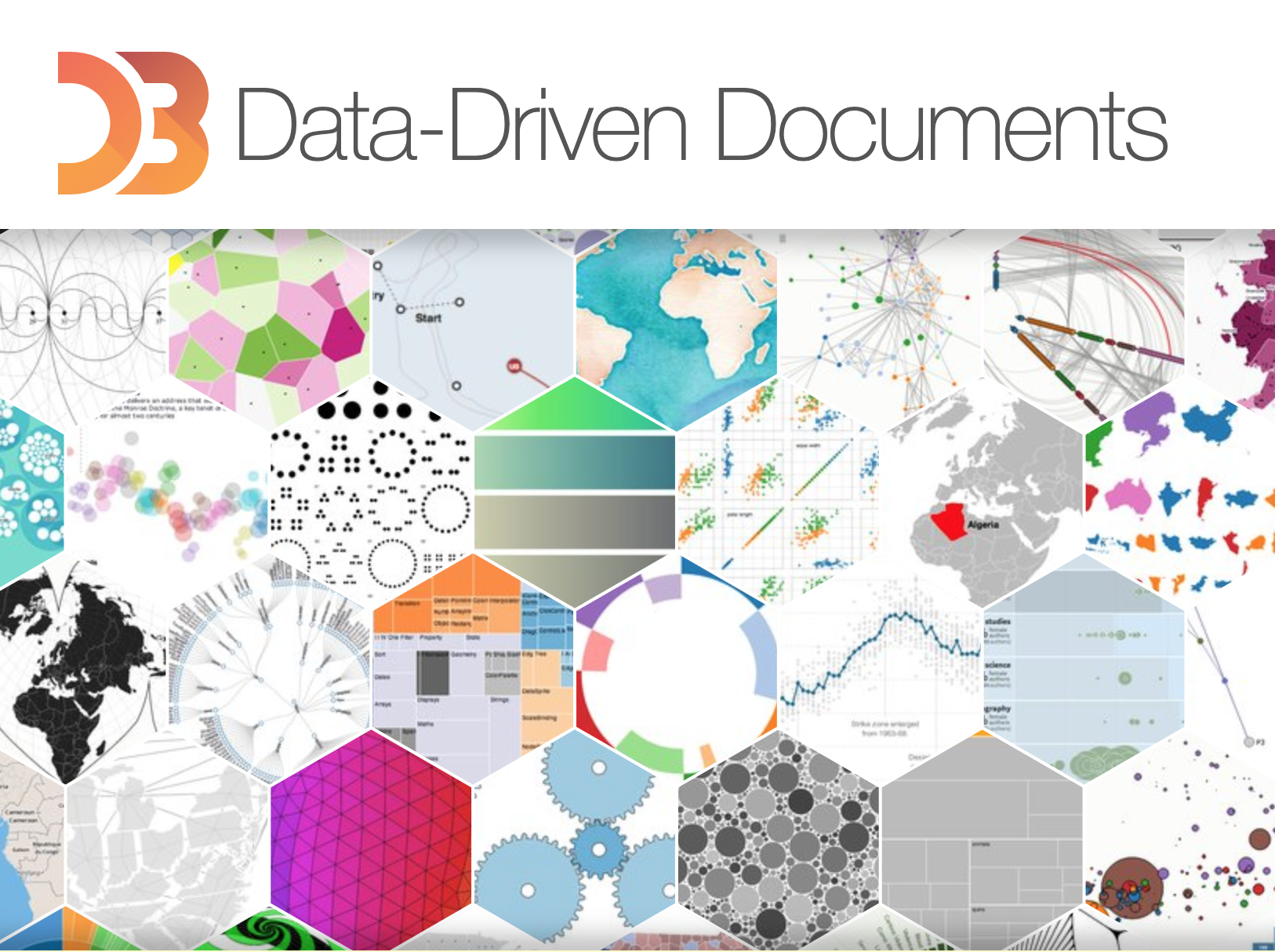

Mean (or the arithmetic average) is the sum of all the scores divided by the number of scores. The measures of central tendency are mean, median and mode. The thyromental distance of 6 cm in an adult may be twice that of a child in whom it may be 3 cm. There is a true zero point and the value of 0 cm means a complete absence of length. For example, the system of centimetres is an example of a ratio scale. However, ratio scales also have a true zero point, which gives them an additional property. Ratio scales are similar to interval scales, in that equal differences between scale values have equal quantitative meaning.
TOOLS FOR DATA ANALYSIS IN EDUCTION FULL
With the Fahrenheit scale, the difference between 70° and 75° is equal to the difference between 80° and 85°: The units of measurement are equal throughout the full range of the scale.

A good example of an interval scale is the Fahrenheit degree scale used to measure temperature. Interval variables are similar to an ordinal variable, except that the intervals between the values of the interval variable are equally spaced.

Examples are the American Society of Anesthesiologists status or Richmond agitation-sedation scale. However, the ordered data may not have equal intervals. Ordinal variables have a clear ordering between the variables. The various causes of re-intubation in an intensive care unit due to upper airway obstruction, impaired clearance of secretions, hypoxemia, hypercapnia, pulmonary oedema and neurological impairment are examples of categorical variables. If only two categories exist (as in gender male and female), it is called as a dichotomous (or binary) data. The data are merely classified into categories and cannot be arranged in any particular order. Ĭategorical or nominal variables are unordered.
TOOLS FOR DATA ANALYSIS IN EDUCTION SERIAL
Similarly, examples of continuous data are the serial serum glucose levels, partial pressure of oxygen in arterial blood and the oesophageal temperature.Ī hierarchical scale of increasing precision can be used for observing and recording the data which is based on categorical, ordinal, interval and ratio scales. Examples of discrete data are number of episodes of respiratory arrests or the number of re-intubations in an intensive care unit. Observations that can be counted constitute the discrete data and observations that can be measured constitute the continuous data. Discrete numerical data are recorded as a whole number such as 0, 1, 2, 3,… (integer), whereas continuous data can assume any value. Quantitative or numerical data are subdivided into discrete and continuous measurements.


 0 kommentar(er)
0 kommentar(er)
